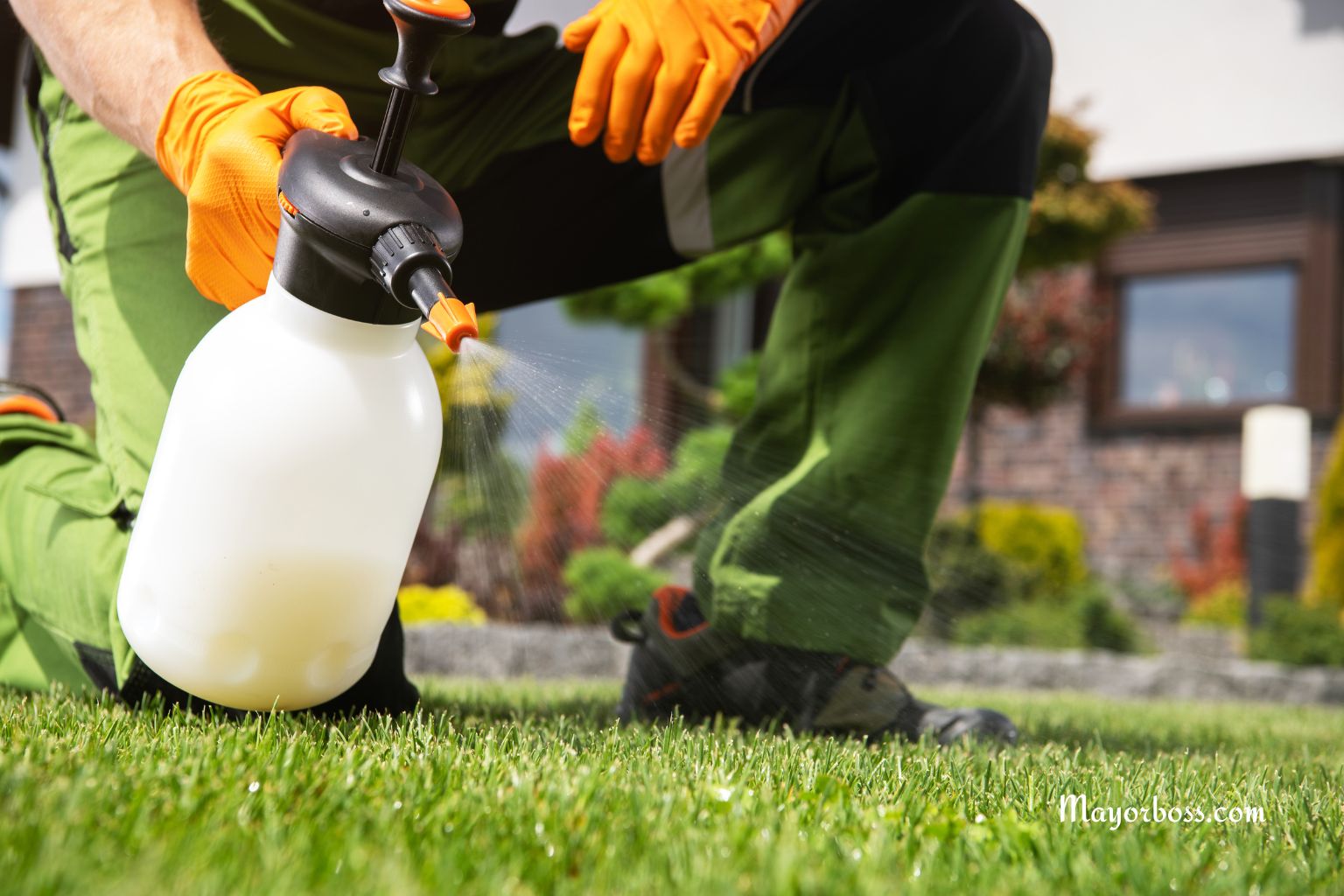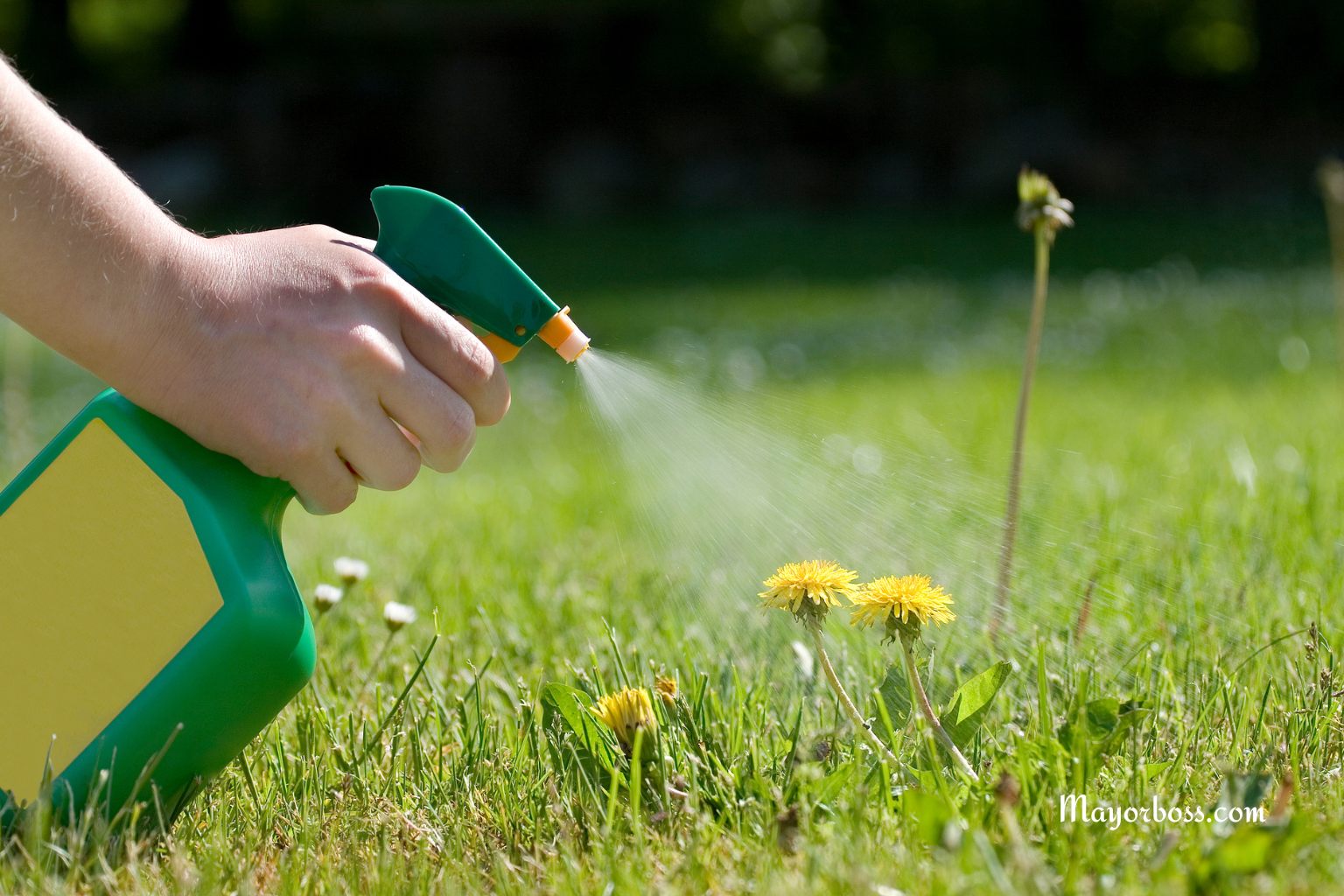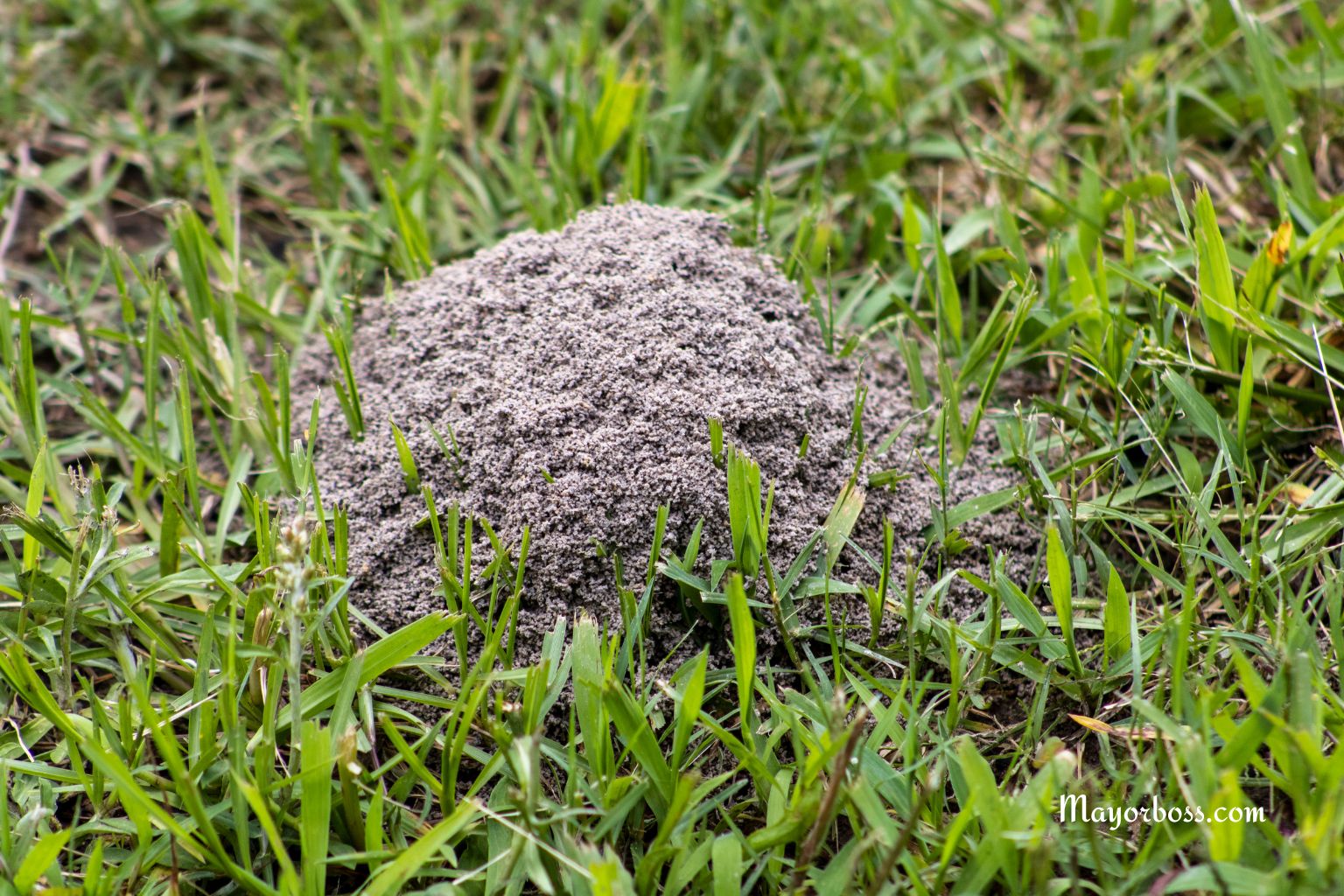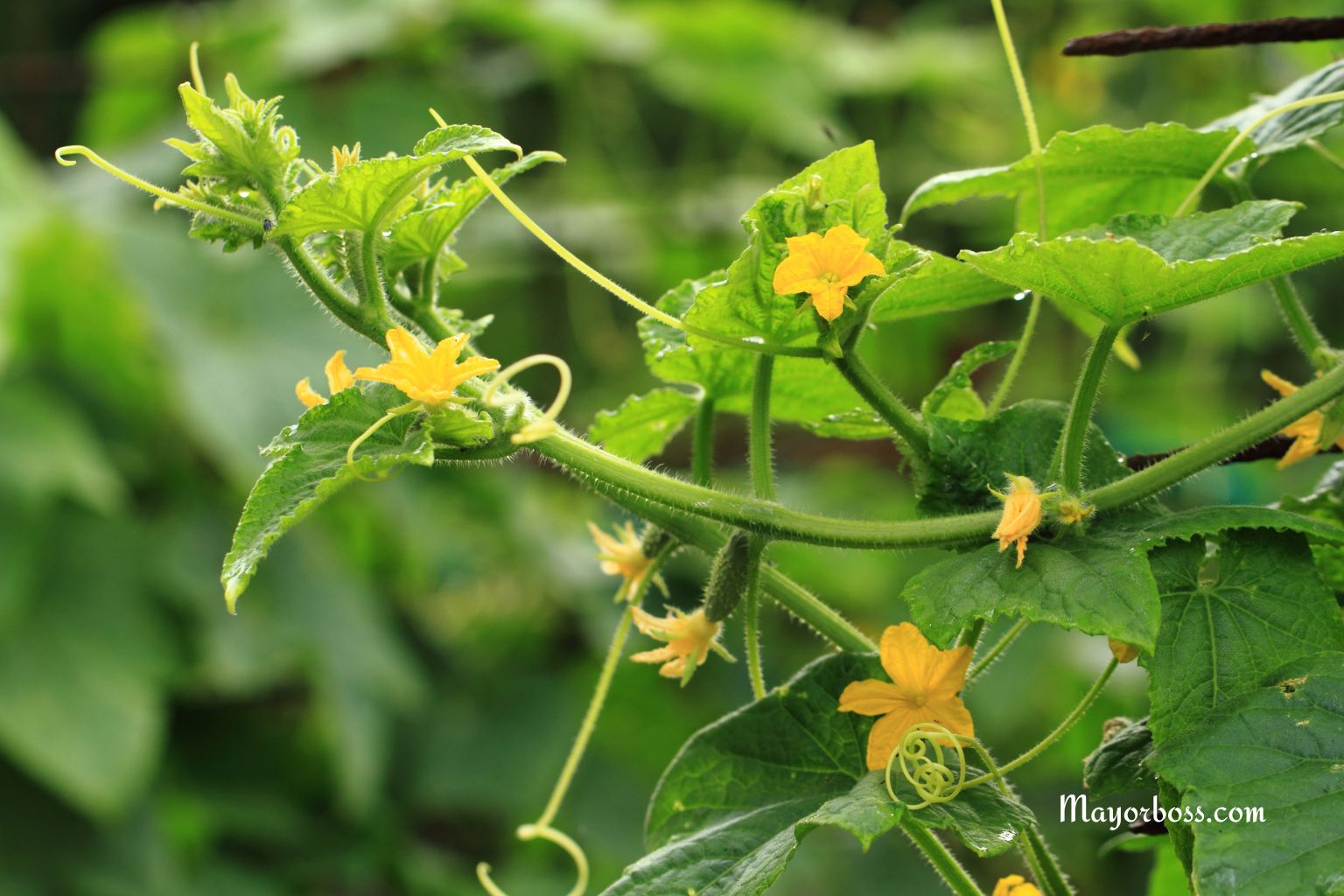If You See These Signs in Your Lawn, Your Grass May Not Last Much Longer
If you notice brown patches, thinning grass, visible weeds, spongy ground, excessive thatch, or unusual mushrooms in your lawn, these are warning signs that your grass may be in trouble. Taking action early can help save your lawn from dying off.
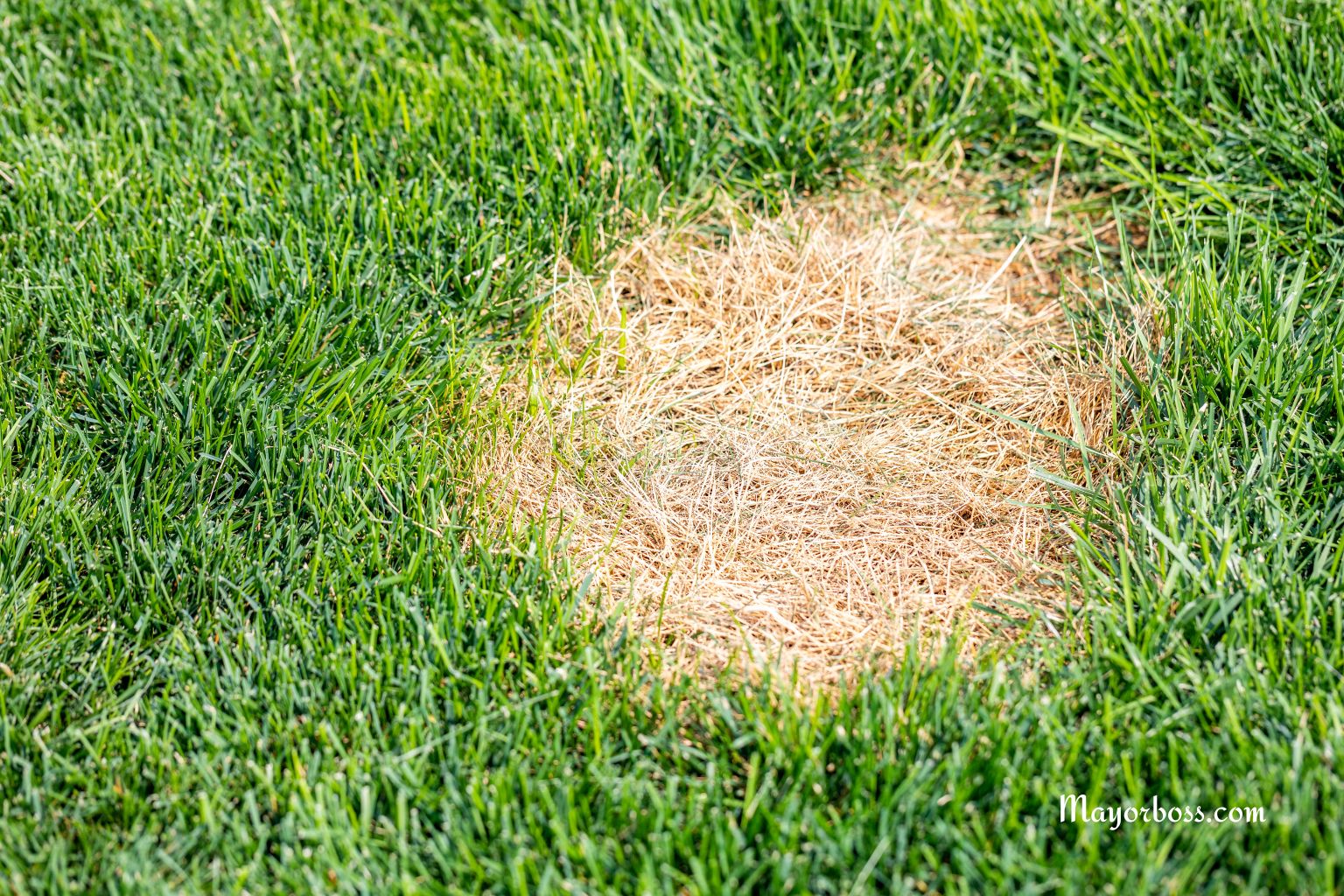
Your lawn is the first thing people see when they pass your home. A healthy lawn reflects care. But when problems begin, they often start quietly. You might not even notice until the damage is already spreading.
Let’s look at the warning signs that tell you your lawn is struggling, and what you can do about them.
1. Yellowing or Browning Grass
One of the most obvious signs of stress is when your green lawn starts turning yellow or brown. But don’t be quick to blame the sun. Discoloration can have several causes:
- Drought stress (not enough water)
- Too much water (leading to root rot)
- Nutrient deficiency
- Fungal disease
- Pet urine spots
If large areas are changing color, your grass may be dying from the roots. Check your watering schedule, consider a soil test, and look for signs of fungus like powdery patches or a slimy surface.
2. Thinning Grass or Bare Spots
Is your lawn looking thin in some areas? Are there places where grass simply won’t grow, no matter what you do?
Grass that’s thinning out often means the roots are struggling. This could be due to compacted soil, lack of nutrients, or overuse. Sometimes, foot traffic packs down the ground, making it hard for roots to breathe. When you see bare soil where grass should be, it’s a clear sign your lawn is in trouble.
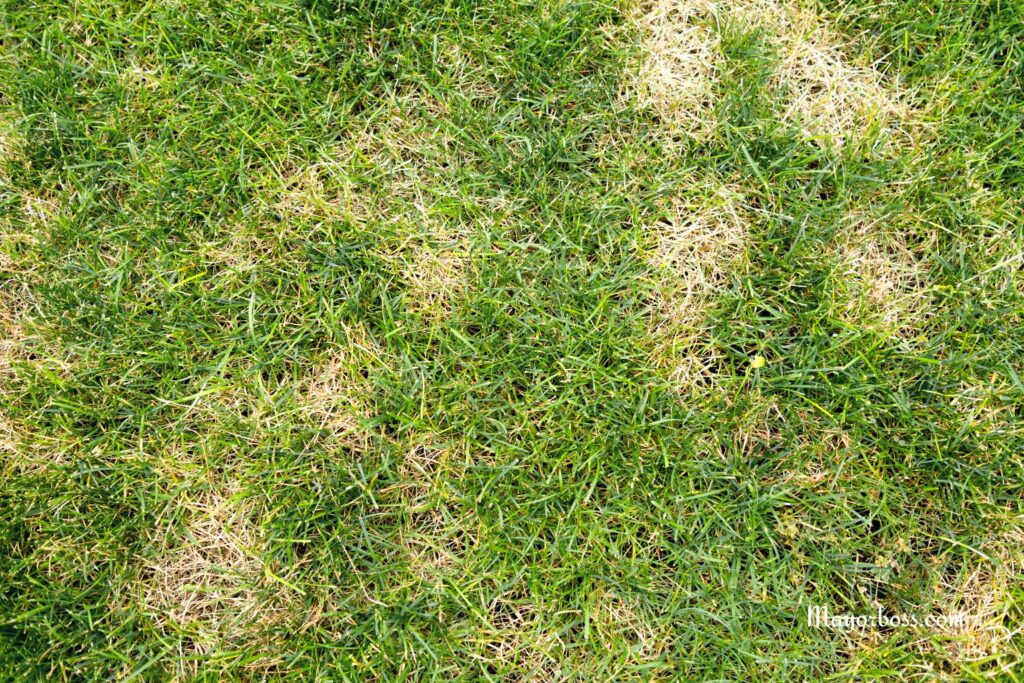
3. Lots of Weeds Taking Over
Weeds are more than just an eyesore. When they take over, they compete with your grass for water, nutrients, and sunlight.
If you’re seeing dandelions, crabgrass, or other weeds spreading fast, it usually means your grass is weak or stressed. Healthy lawns naturally crowd out weeds. But once weeds get the upper hand, your grass will struggle to recover on its own.
4. Spongy or Soft Ground
Take a walk across your lawn. Does the ground feel spongy, almost like a wet carpet?
A spongy feel often means you have too much thatch, which is a layer of roots, stems, and debris sitting on top of the soil. Thatch makes it hard for water and air to reach grass roots. Sometimes, the cause is a lawn disease or even underground pests. Either way, if your lawn feels soft and bouncy instead of firm, your grass may be at risk.
5. Thick Layer of Thatch
Thatch is natural in small amounts, but if it builds up to more than half an inch thick, it’s a problem.
You can check for thatch by using a small spade to remove a wedge of your lawn. If you see a brown, stringy layer between the green grass and the soil, that’s thatch. Too much thatch suffocates your grass, blocks water and fertilizer, and can encourage diseases.
6. Mushrooms or Unusual Fungi
Mushrooms popping up in your lawn may seem harmless, but they often point to problems below the surface.
Most mushrooms grow in damp, shaded areas or where there’s a lot of decaying organic matter. If you notice large numbers of mushrooms, fairy rings, or unusual fungal growth, your lawn could have excess moisture, poor drainage, or hidden thatch problems. These conditions make it hard for grass to thrive.
7. Presence of Insects or Burrowing Animals
If you notice insects like beetles, armyworms, or chinch bugs, they may be feeding on your grass. Holes or mounds of soil could mean moles or voles are tunneling underneath.
Pest activity damages roots and leaves. The result is often dead spots or grass that won’t grow back. Inspect your lawn closely. If pests are present, early treatment can prevent major damage.
8. Poor Growth Despite Watering and Fertilizing
Sometimes you do everything right, water regularly, fertilize, mow properly, but the lawn still looks tired.
This could be a sign of:
- Soil pH imbalance
- Hidden pests
- Poor-quality grass seed
- Chemical damage from weed killers or fertilizers
When your efforts aren’t showing results, don’t guess. A soil test can reveal pH problems or missing nutrients. And always check that your products match your lawn’s needs.
What You Can Do to Save Your Lawn
Here’s how to protect your lawn from long-term harm:
- Water smart: Deep, infrequent watering is better than shallow, frequent watering.
- Aerate your soil: This helps oxygen reach the roots and improves drainage.
- Feed your lawn: Use a balanced fertilizer to replace missing nutrients.
- Mow correctly: Don’t cut grass too short. Keep blades sharp.
- Control pests and disease: Act quickly if you see signs of infestation or fungal growth.
- Limit foot traffic: Consider stepping stones or paths to redirect regular movement.
Frequently Asked Questions
1. Why is my lawn turning brown even though I water it regularly?
Brown grass can mean overwatering, underwatering, disease, pests, or poor soil. Check for other symptoms and adjust your lawn care routine.
2. How do I know if I have too much thatch?
If thatch is more than half an inch thick and feels spongy underfoot, it’s too much. You can check by removing a small section of lawn and looking for a brown layer above the soil.
3. What’s the best way to get rid of weeds without harming grass?
Use selective herbicides labeled safe for your type of grass, or hand-pull weeds regularly. A thick, healthy lawn is your best defense against weed invasion.
4. Should I remove mushrooms from my lawn?
You can remove mushrooms by hand, but focus on correcting underlying issues like excess moisture or thatch. Mushrooms themselves rarely harm grass directly.
5. How often should I aerate my lawn?
Most lawns benefit from aeration once a year, usually in spring or fall. Heavily used or compacted lawns may need it more often.

